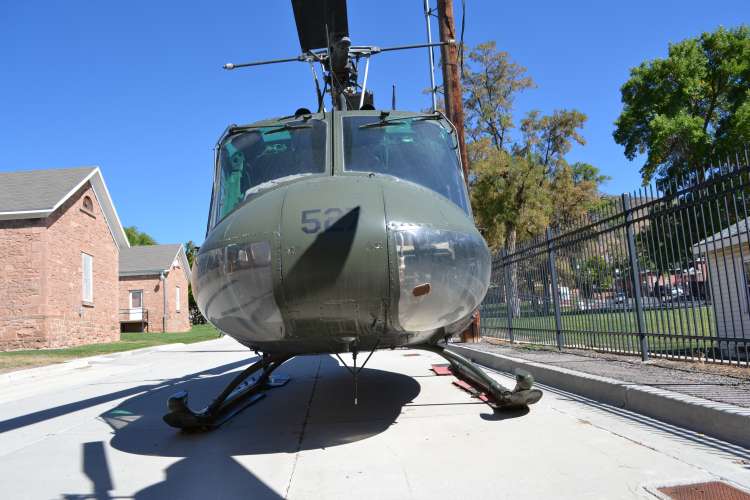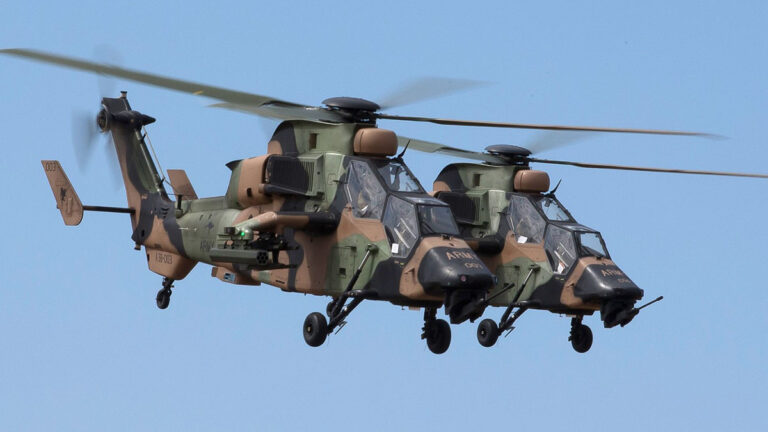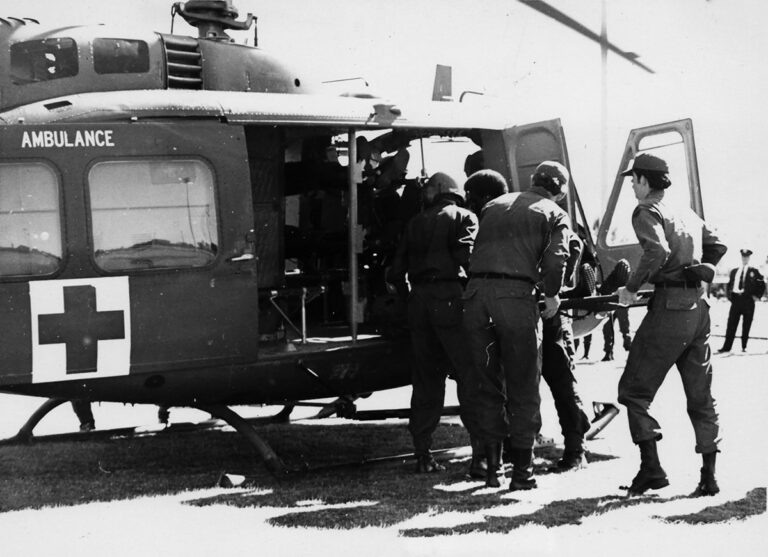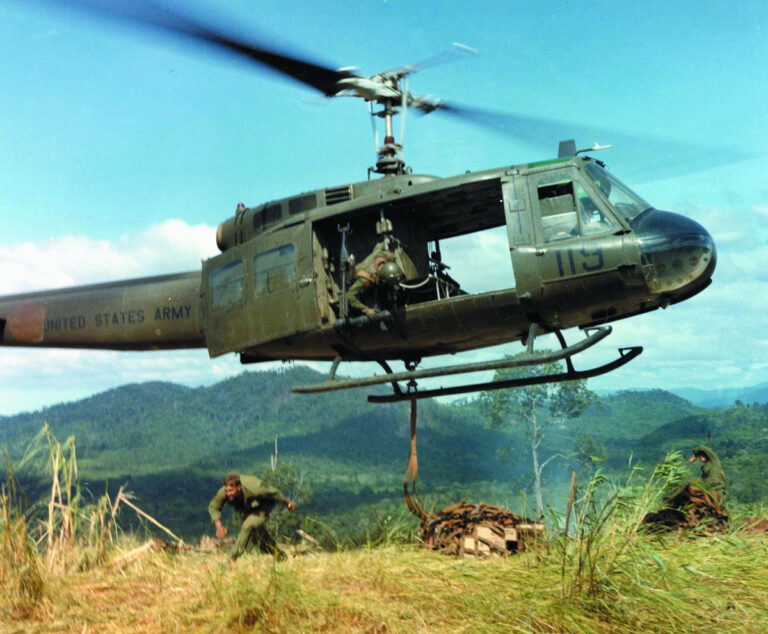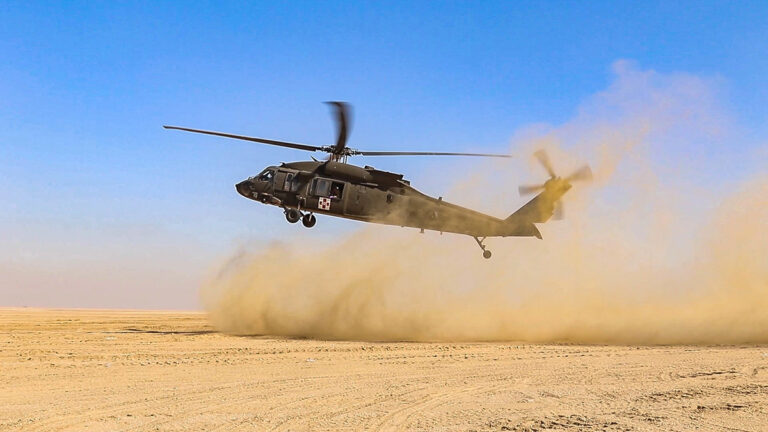10 Facts about the Boeing CH-47 Chinook
Here are 10 key facts about the Boeing CH-47 Chinook heavy-lift helicopter:
- The Chinook is an American twin-engine, tandem-rotor heavy-lift helicopter developed by Vertol and manufactured by Boeing.[1][2]
- It is among the heaviest lifting Western helicopters, with a maximum lift capacity of 26,000 pounds (11,800 kg) at sea level.[1][4]
- The Chinook’s name comes from the Native American Chinook people of Washington state.[1]
- The Chinook was originally designed to replace the Sikorsky CH-37 Mojave helicopter, which was retired from the U.S. Army’s fleet in the late 1960s.[3]
- The Chinook first flew in 1961 and entered service with the U.S. Army in 1962.[1][3]
- The Chinook has been used in a variety of military and civilian roles, including cargo transport, medical evacuation, search and rescue, and disaster relief.[1][3][5]
- The Chinook is powered by two Honeywell T55 turboshaft engines, which provide a combined 10,138 horsepower.[3]
- The Chinook has a maximum speed of 315 km/h (196 mph), making it the world’s fastest military helicopter.[3]
- Over 1,000 Chinooks have been delivered to militaries around the world, including the U.S., UK, Australia, Egypt, and others.[5]
- The Chinook is considered the “workhorse” of the U.S. Army helicopter fleet and has seen extensive use in conflicts such as the Vietnam War and the wars in Afghanistan and Iraq.[3][4]
Citations:
[1] https://squadronnostalgia.com/shop/aircraft-models/helo-aircraft-model/ch-47-chinook/
[2] https://www.scalemates.com/topics/topic.php?id=777
[3] https://aerospace.honeywell.com/us/en/about-us/blogs/33-things-you-probably-do-not-know-about-chinook-ch47
[4] https://billingsflyingservice.com/ultimate-heavy-lift-helicopter/
[5] https://www.rafmuseum.org.uk/blog/the-boeing-chinook/



